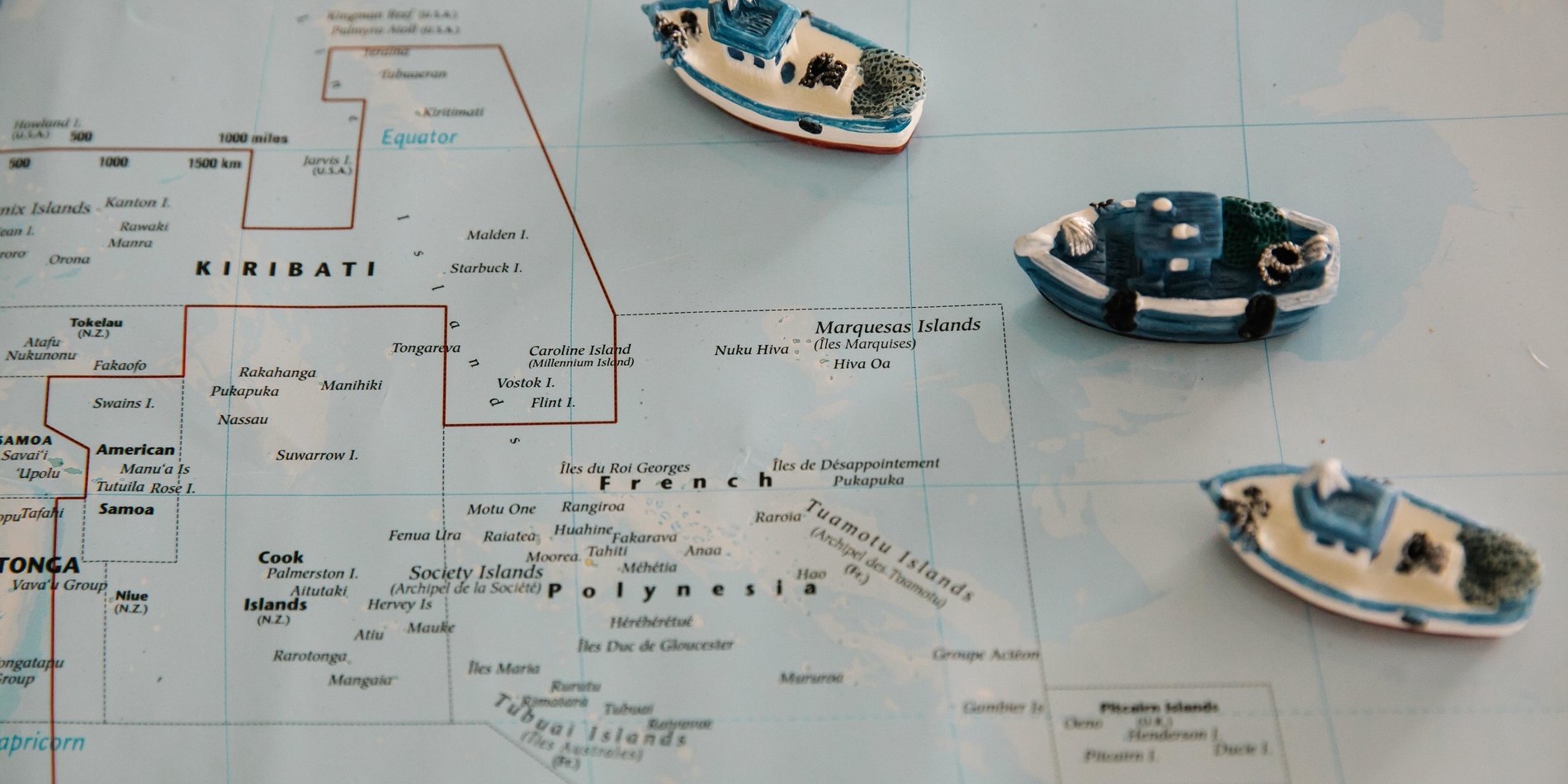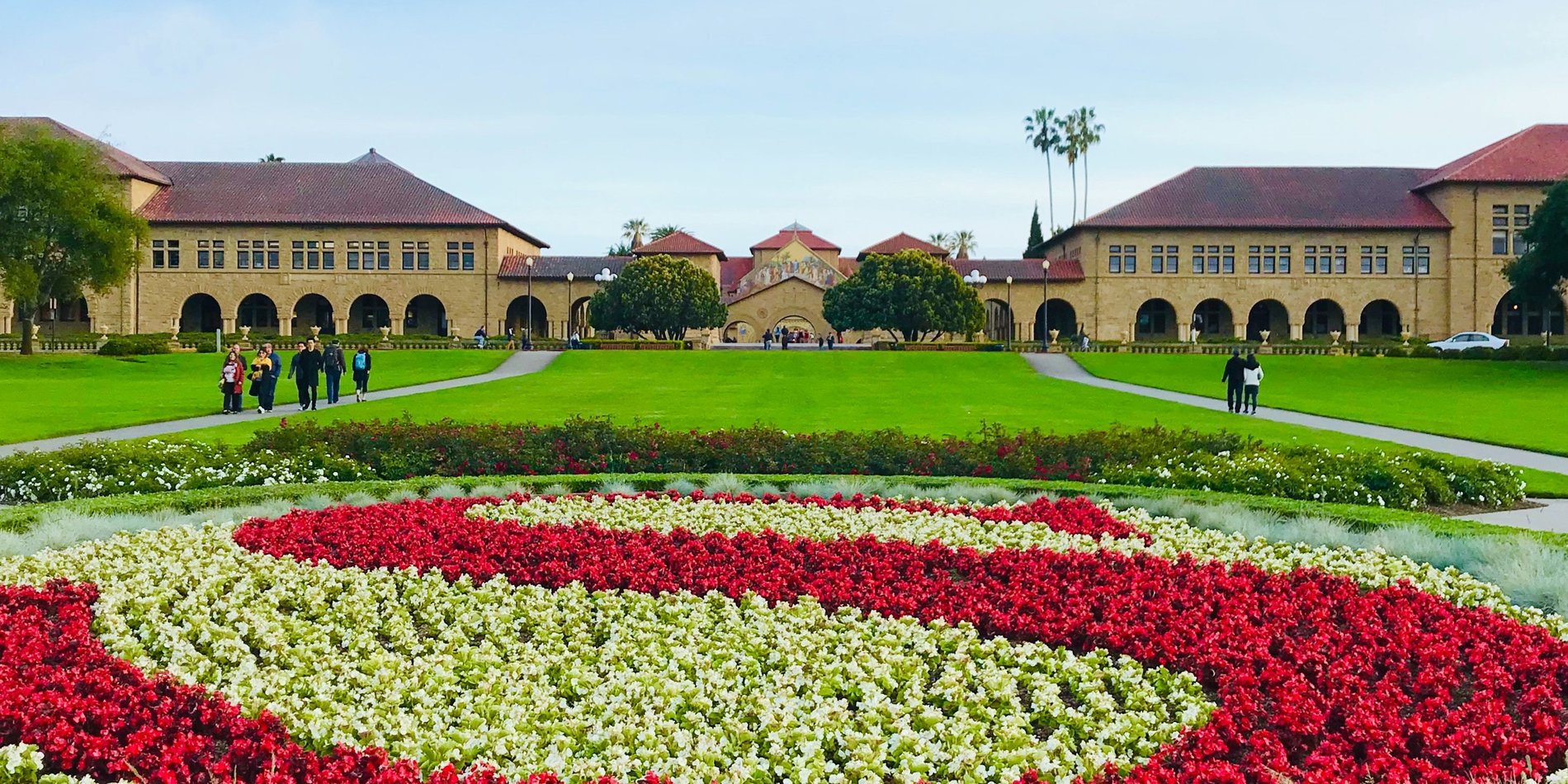Local Footer Modifications
The local footer is an important part of every page on your site and contains information and links that help with overall usability.
The local footer initially will contain default content, which you will replace with your own information prior to launching your site.

How to edit the local footer
You can edit the footer content by the following steps:
- Navigate to Configuration > System > Local Footer.
- You will be redirected to the footer configuration page:

-
Remove any unnecessary content and edit the required fields to add your own information.
-
Save.
Action and Social Links
The action and social links sections contain multiple fields for you to add links to internal or external resources. These fit into the first column of the Local Footer, below the Lockup and Address.
Action Links
An action link will contain the call to action arrow styling:

Social Links

Social media links will display their corresponding icon based off the user’s URL input. For example, to add a YouTube icon with a link to Stanford's YouTube channel, you would enter https://www.youtube.com/stanfordin the URL field and YouTube in the Link Text field.
The following platform icons are supported:
- YouTube
- Google Scholar
- Mastodon.social
Primary and Secondary Links
The Primary and Secondary Links have their own individual section for you to add links relative to your site. Each corresponding section has an input for a title followed by multiple links.
The Primary Links appear in the 2nd column of the Local Footer.
The Secondar Links appear in the 3rd column of the Local Footer.
These are optional sections. If you do not fill them in, they will not appear.
Sign Up Form
The Sign Up Form section allows you to add an outside sign up form (e.g. through Mailchimp, Google Forms, etc.) to your local footer. Once users have entered their e-mail address and clicked the submit button, they will be redirected to the related form.
The Sign Up Form section contains multiple fields.
- In Signup Form Intro, enter any intro text, which will be displayed in the local footer.
- In Form Action URL, enter the relevant external form URL copied from Google Forms, Mailchimp, etc.
- In Form Method, select either GET or POST. For most use cases, GET will be the correct selection. If you are having issues accessing the form, try switching the form method.
- In Signup Button Text, enter your desired button text.
Example local footer with Sign Up Form added:

Login Button
The Local Footer offers a button to allow site editors to easily access the editing experience on the site. You can remove this button by removing the text. You can then access the site editing by going to [YourSiteURL]/user.
You can modify the Login Button text to anything you like (for example "admin access" or "Login".)
Local Lockup
The local lockup section in the Local Footer allows you to customize your site's signature logo lockup, which is a combination of a wordmark/logo and the name of an individual school, official department, administrative unit, institute, center or lab.
The default lockup contains the Stanford wordmark and your site name, all on one line. For the example below, the site name was set to be "University".

Site managers also have the ability to customize their lockup configuration in the Local Footer independently of what appears in the Masthead. Site Managers can select from a list of lockup options, which follow a pattern similar to what is shown in the image below.
For a full list of lockup options and information on configuring the appearance of your site's lockup, see Managing Department Branding and Logo Lockup Options.
Local Lockup Link
The local lockup in the footer supports an option that is not available for the lockup in the masthead. By default, the lockup will link to your site's homepage. However, you have the option to set the link to go to a different location. This can be handy when you need to provide a link back to a parent organization.
Content Blocks
The content blocks section provides the ability to add text within content blocks in the local footer.
There are four content blocks available (First, Second, Third and Fourth ).

After adding text to a content block and saving, it will be displayed according to that content block's location in the local footer (left, center, or right). The First Content Block is located to the left, the Second Content Block is located in the center left, the Third Content Block is located in the center right, and the Fourth Content Block is located to the right.

Note: When there are Primary Links in the Local Footer, the Third Content Block will not align at the top of the column even if no Secondary Links are present.
Tips
Removing links
If you don't want a link to display, you'll need to remove all content from the URL and link text fields.
Related Topics

Main Navigation (menu)
Your main navigation (menu) one way people will navigate your site.
Manage Branding and Logo Options
How to update the logo in your site's header and footer.